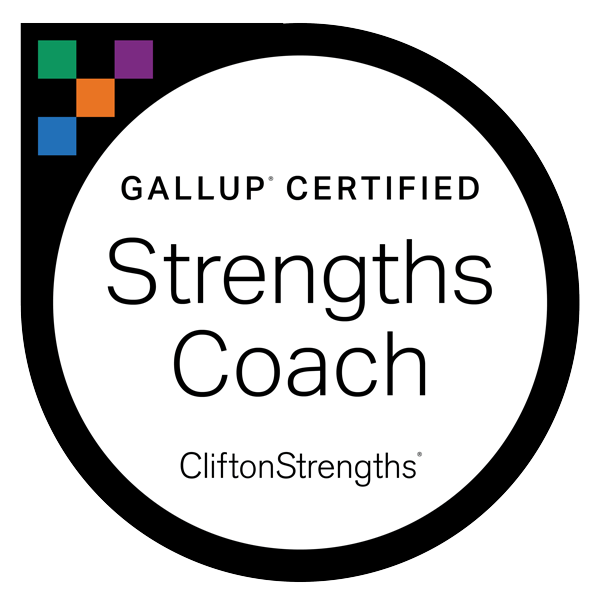Setting boundaries isn’t just about saying no—it’s about creating the space you need to thrive. Healthy boundaries protect your energy, reinforce your values, and allow you to build aligned relationships and careers. Yet, many struggle with boundary-setting, fearing conflict, guilt, or rejection.
If you’ve ever felt exhausted from overcommitting, frustrated by blurred lines at work, or overwhelmed by personal obligations, this guide will walk you through a step-by-step process to set and maintain healthy boundaries.
Step 1: Identify Where You Need Boundaries
Before you can set boundaries, you need to recognize where they are missing or weak. Look at the areas where you feel drained, resentful, or overwhelmed.
Ask yourself:
- Where do I feel overextended or taken advantage of?
- In which relationships do I feel obligated rather than appreciated?
- What situations consistently leave me feeling stressed or uncomfortable?
Action Step: Make a list of the areas where your boundaries need strengthening—this could be at work, in personal relationships, or even with yourself.
Step 2: Define Your Non-Negotiables
Once you’ve identified where you need boundaries, it’s time to get specific. What do you need to feel respected, balanced, and in control of your time and energy?
Examples of non-negotiables:
- I will not answer work emails after 7 p.m.
- I will not take on additional responsibilities unless they align with my priorities.
- I will not tolerate disrespectful communication.
Action Step: Write down your top three non-negotiables for personal and professional boundaries.
Step 3: Communicate Boundaries Clearly
Setting a boundary is only effective if others understand it. The key is to be clear, direct, and firm without over-explaining or apologizing.
Example Boundary Statements:
- “I can’t take on another project right now, but I’d be happy to revisit it next quarter.”
- “I appreciate the invitation, but I need some downtime this weekend.”
- “I need to leave meetings on time to honor other commitments, so I’ll be logging off at 3 p.m.”
Action Step: Practice saying one boundary aloud so it feels natural when you need to use it.
Step 4: Hold the Line Without Guilt
People may test your boundaries, especially if they’re used to you being overly available or agreeable. Standing firm requires confidence and self-respect.
Ways to reinforce boundaries:
- Stay consistent—don’t bend your boundary for one person or situation and expect it to hold in others.
- Use neutral language—avoid justifying your boundary with excuses.
- Be prepared for pushback—hold steady even if others are disappointed.
Action Step: Repeat your response calmly and without over-explaining when someone pushes back against your boundary.
Step 5: Reevaluate and Adjust as Needed
Boundaries aren’t rigid rules; they should evolve as your needs and circumstances change. Periodically check in with yourself to see if your boundaries are still serving you.
Ask yourself:
- Are my boundaries protecting my energy and well-being?
- Do I need to adjust any boundaries due to life or work changes?
- Where have I been letting my boundaries slip?
Action Step: Set a reminder to review your boundaries every few months and adjust as needed.
Final Thoughts
Setting boundaries is an ongoing practice, but you step toward a more balanced, empowered, and fulfilling life every time you reinforce them. By clearly identifying your limits, communicating them confidently, and holding them consistently, you create a foundation for healthier relationships and a more sustainable way of living.








